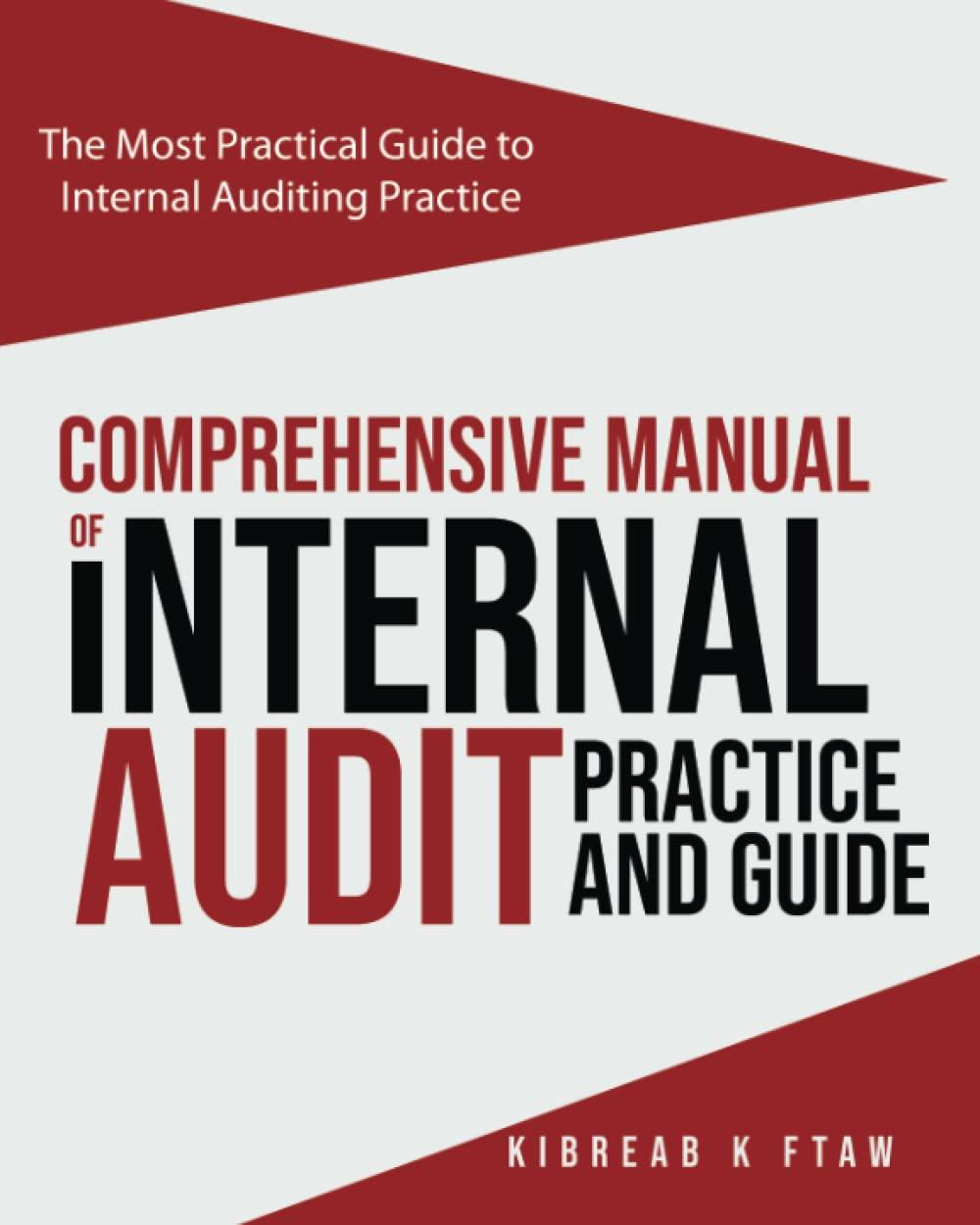Check my work mode: This Shows Wild Dillon Products manufactures various machined parts to customer specifications. The company uses a job-order costing system and applies overhead cost to jobs on the basis of machine-hours. At the beginning of the year, the company used a cost formula to estimate that it would incur $4,800,000 in manufacturing overhead cost at an activity level of 240,000 machine-hours. The company spent the entire month of January working on a large order for 16,000 custom-made machined parts. The company had no work in process at the beginning of January. Cost data relating to January follow: a. Raw materials purchased on account, $325,000. b. Raw materials used in production, $290,000 (80% direct materials and 20% indirect materials). c. Labor cost accrued in the factory, $180,000 (one-third direct labor and two-thirds indirect labor). d. Depreciation recorded factory equipment, $75,000. e. Other manufacturing overhead costs incurred on account, $62,000. f. Manufacturing overhead cost was applied to production on the basis of 15,000 machine-hours actually worked during the month. g. The completed job for 16,000 custom-made machined parts was moved into the finished goods warehouse on January 31 to await delivery to the customer. (In computing the dollar amount for this entry, remember that the cost of a completed job consists of direct materials, direct labor, and applied overhead.) Required: 1. Prepare journal entries to record items (a) through (f) above [ignore item (g) for the moment). 2. Prepare T-accounts for Manufacturing Overhead and Work in Process. Post the relevant items from your journal entries to these T- accounts. 3. Prepare a journal entry for item (g) above. 4. If 10,000 of the custom-made machined parts are shipped to the customer in February, how much of this job's cost will be included in cost of goods sold for February? Answer is not complete. Complete the question by entering your answers in the tabs below. Required: Prepare journal entries to record items (a) through (1) above [ignore item (g) for the moment). 2. Prepare T-accounts for Manufacturing Overhead and Work in Process. Post the relevant items from your journal entries to these T- accounts. 3. Prepare a journal entry for item (g) above. 1. If 10,000 of the custom-made machined parts are shipped to the customer in February, how much of this job's cost will be included cost of goods sold for February? Answer is not complete. Complete the question by entering your answers in the tabs below. Required 1 Required 2 Required 3 Required 4 Prepare T-accounts for Manufacturing Overhead and Work in Process. Post the relevant items from your journal entries to these T- accounts. Manufacturing Overhead Work in Process End. Bal. 0 End. Bal. 0 g. The completed job for 16,000 custom-made machined parts was moved into the finished goods warehouse on January delivery to the customer. (In computing the dollar amount for this entry, remember that the cost of a completed job con materials, direct labor, and applied overhead.) Required: 1. Prepare journal entries to record items (a) through (f) above [ignore item (g) for the moment). 2. Prepare T-accounts for Manufacturing Overhead and Work in Process. Post the relevant items from your journal entries accounts. 3. Prepare a journal entry for item (g) above. 4. If 10,000 of the custom-made machined parts are shipped to the customer in February, how much of this job's cost will in cost of goods sold for February? Answer is not complete. Complete the question by entering your answers in the tabs below. Required 1 Required 2 Required 3 Required 4 If 10,000 of the custom-made machined parts are shipped to the customer in February, how much of this job's cost will be included in cost of goods sold for February? Portion of job cost included in cost of goods sold









